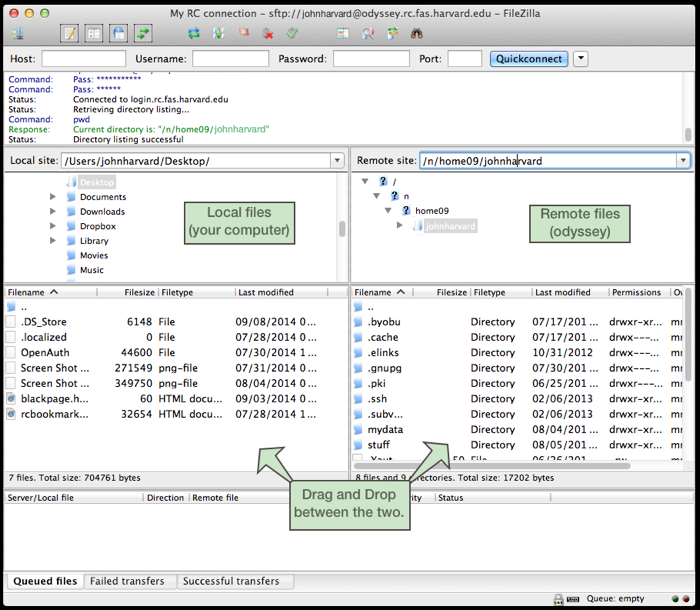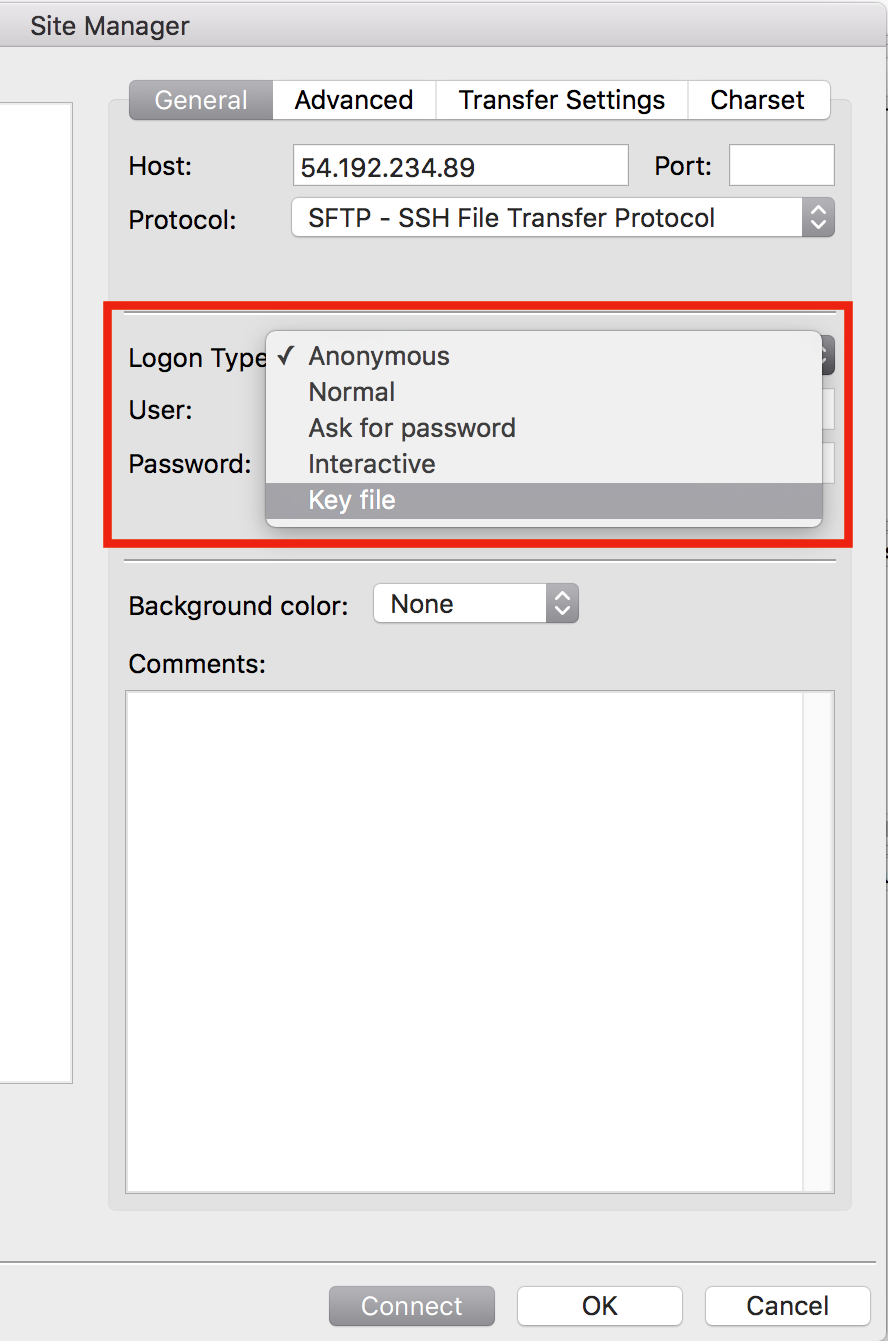

Moreover, you can edit and view such files locally, including your Nginx, Apache, and Deployment logs (you can find all of them under the logs folder of your site). You can now download and upload your website files to/from your personal computer. Click OK.Īt this point you’re done 👍 Using FileZilla The first time you connect to a server you must explicitly acknowledge it’s the server you really want to connect to. You should end up with a similar setup as the screenshot below:įinally click Connect. Password: Password of the server user.Site → Overview tab → SSH Access (in this screenshot the user is app) Click on the cog wheel next to ' Your website ' and click ' SFTP filemanagement '. Select your domain name in the column to the left (don't check the box). Step 1 Login to the control panel and head over to the tab ' Domains & Hosting '. User: Enter the server user that runs the website. We will now tell you how to locate this information, after which we will show how to login to Filezilla.NOTE: Depending on your configs, this might automatically convert into Ask for password – the difference is that you’ll be prompted for the password whenever you connect to your server Port: leave it blank, it will use the default port (22).To add a new site, click File > Site Manager. Host: Enter the IP address of the server that hosts your website. The steps below outline how to use FileZilla to setup an FTP / SFTP connection.Protocol: SFTP – SSH File Transfer Protocol.Click New Site and give it the name of your site.Install the software and open it afterwards. Setting up FileZillaĪssuming you want to use FileZilla, please visit and download FileZilla Client for your operating system. The only requirement is that your client supports SFTP – but most of them actually do.

This article uses Filezilla as an example, but most FTP clients work similarly. The instructions below explain how to use FileZilla, the CCIT recommended SFTP client.Steps to view, edit, and synchronize your website files using FileZilla and password authentication This includes the password you use to connect to the FTP server. This means that files sent using FTP can be easily intercepted and read by someone with malicious intent. Files uploaded and downloaded using FTP are not encrypted.


 0 kommentar(er)
0 kommentar(er)
